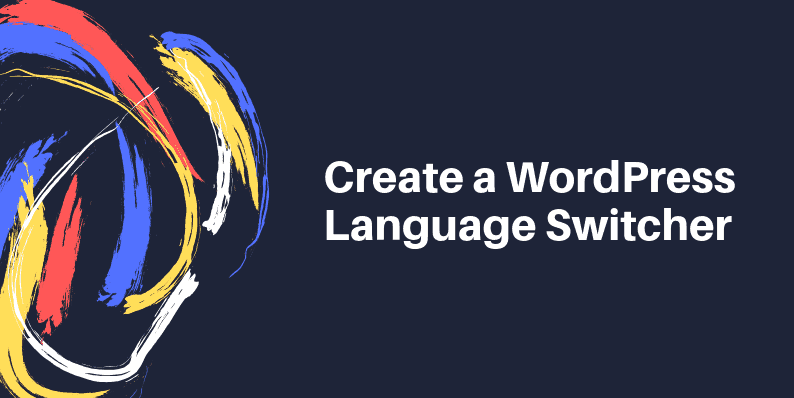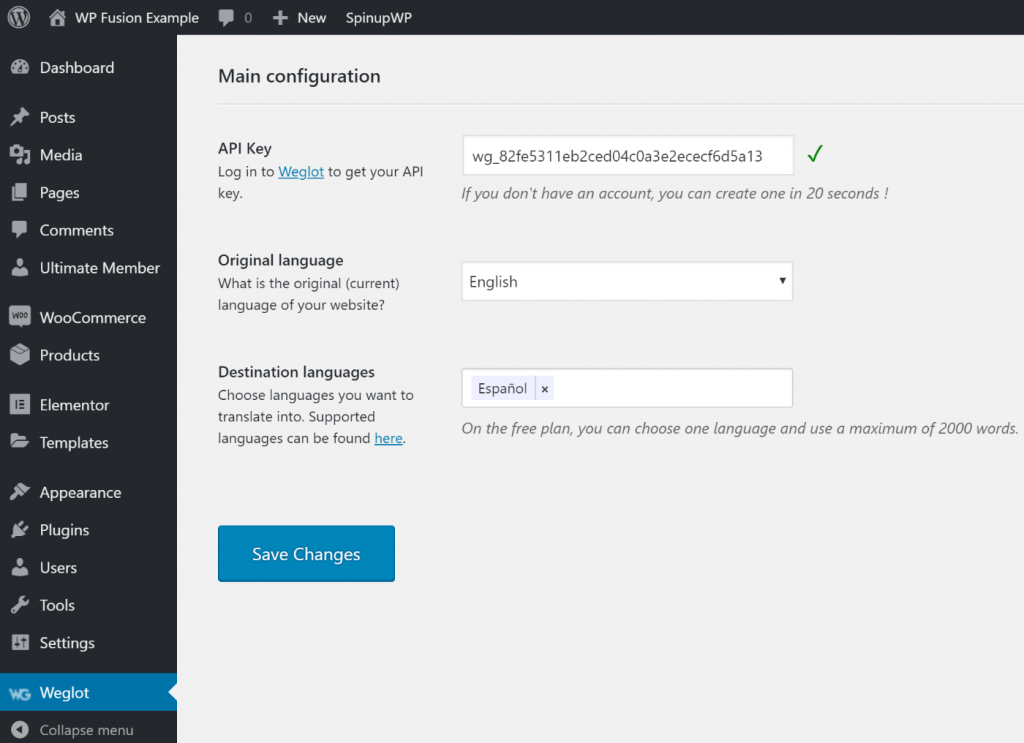
In the languages are organized nicely by region. Click on that button to view the entire list of offered WordPress languages. In the General tab, find the Language heading. If you’re using, log in to your dashboard, then click on Manage → Settings. Note: Another result of changing the WordPress language is that now all of your site users with dashboard access (such as freelance contributors) have the option to switch between German and English. For example, you can see that our Neve theme offers mostly complete translations for a variety of languages, but you still might be missing a few items: Some themes might only offer partial translations. Whether or not WordPress is able to do this depends on if your chosen theme offers translation files for your chosen language.įor themes at, you can check whether a theme supports your chosen WordPress language by clicking the link in the Translations section of a theme’s listing. Now, if you look around your dashboard, all of the wording is in German.īeyond translating the WordPress dashboard, WordPress also tries to automatically translate your theme’s content on the front-end. Make sure to click on the Save button to see the changes in effect. For example, to change your WordPress language to German, you’d select Deutsch (German). On the settings page, scroll down to the Site Language section.Ĭlick the dropdown menu to view the long list of available languages. Modify the WordPress language for a self-hosted siteįor a self-hosted site, go to your dashboard and click on Settings → General. Keep in mind that you can only select one language (unless you use a multilingual plugin). Modifying the frontend language for your site is done with native WordPress settings.

Wordpress site language switcher how to#
How to change a site’s WordPress language If you want to offer your site in multiple languages, as in the example above, you’ll need the help of a multilingual plugin. But your site still only has one language. It could be English, German, Swedish, etc. When we talk about “WordPress site language”, we’re referring to the default language of your site. You can also adjust settings to show a new language for your user dashboard interface. As an alternative, you can go to to sign up for their hosting offerings and do everything through WordPress.īoth and sites have built-in settings for changing your primary site language. In short, self-hosted information is found on and requires you to find your own host for the site.

Here’s an explanation of the detailed differences. It’s important to know that there are two types of WordPress sites:
Wordpress site language switcher download#
For instance, if you navigate to, the WordPress download file provides a built-in language of Swedish. For self-hosted WordPress, your default WordPress language is set based on the version of WordPress that you download ( or the choice you make in your autoinstaller tool).


 0 kommentar(er)
0 kommentar(er)
